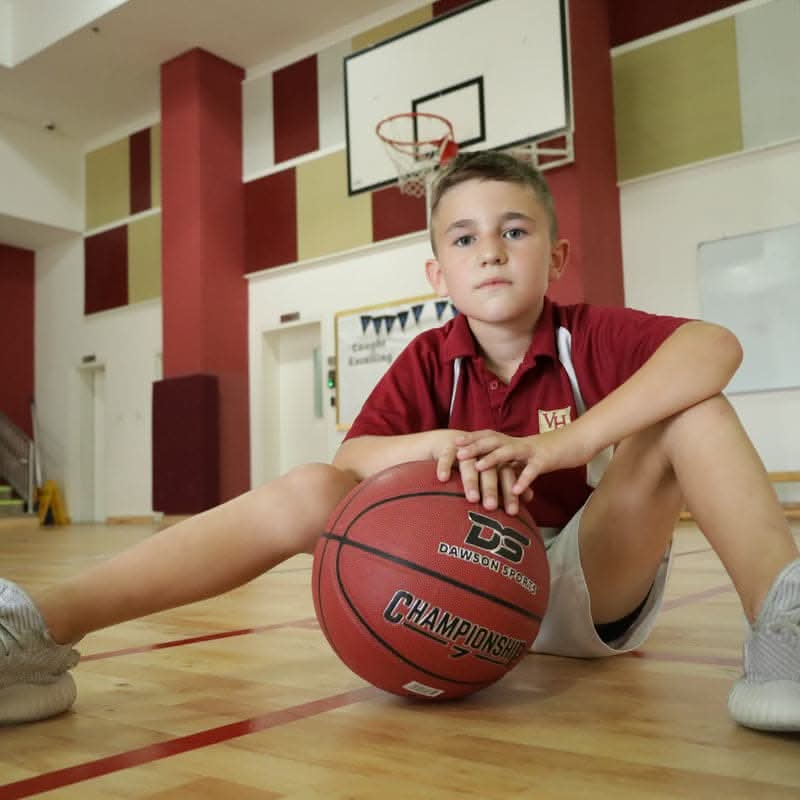When setting up a home gym, one of the most crucial decisions you'll make is choosing the right weight plates. The type of weight plates you use can impact your workouts in terms of efficiency, safety, and long-term goals.
Whether you’re aiming to build muscle, increase strength, or improve your overall fitness, having the correct weight plates is essential. But with so many options available—bumper plates, cast iron plates, Olympic plates—it can be overwhelming to decide which ones best suit your needs.
In this guide, we'll walk you through the key types of weight plates and what factors to consider when making your selection, ensuring that you build a home gym equipped for success.
Types of Weight Plates

Choosing the right type of weight plate depends on your fitness goals, space, and personal preference. Let’s break down the main types of weight plates you’ll encounter:
1. Bumper Plates
Made from heavy-duty rubber, bumper plates are designed for dropping and will not cause damage to the floor or the plate when dropped. It is ideal for CrossFit-style and Olympic lifting, which by nature involves weight dropping.
Regardless of the weight, bumper plates maintain a standard size. They boast an excellent reputation for strength and also an excellent ability to absorb stress.
2. Cast Iron Plates
Cast iron weight plates are your traditional, old-school plates. They’re much thinner than bumper plates, allowing you to load more weight onto the barbell. Cast iron plates are typically more affordable and take up less space, but they can be noisier and aren’t as gentle on floors if dropped.
3. Olympic Weight Plates
Olympic weight plates have a 2-inch diameter hole designed to fit Olympic-sized barbells. These plates come in various materials, including rubber-coated or cast iron, and are often used in professional gyms. Their size and versatility make them a great option for heavy lifters.
Factors to Consider When Buying Weight Plates
When setting up your home gym, choosing the right weight plates involves more than just picking a type. Here are the key factors to consider:
1. Material and Durability
If you plan to drop weights often, especially during exercises like deadlifts, bumper plates are a must due to their durability and floor protection. Cast iron plates, though durable, aren't as forgiving on impact and can damage both your floors and the plates over time.
2. Weight Increments
Consider what increments of weight you’ll need. If you’re just starting, smaller plates such as 2.5kg or 5lb are essential for gradual progression. For experienced lifters, investing in heavier plates, like 20kg or 45lb, will allow you to push your limits.
3. Space and Storage
Thinner plates, like cast iron, take up less space and can be more easily stored if you’re working with limited space. On the other hand, bumper plates, though bulkier, are a better option if you're working in a garage gym with a concrete floor.
4. Bar Compatibility
Make sure the plates you choose match your barbell. Olympic plates are designed for bars with a 2-inch diameter sleeve, whereas standard plates fit bars with a 1-inch sleeve. Mismatching plates and barbells will hinder your workout.
Types of Weight Plates: Bumper vs. Cast Iron
When choosing the right weight plates for your home gym, it’s important to know the key differences between bumper plates and cast iron plates.
Bumper Plates
- Material: Bumper plates are made of dense rubber, designed to withstand drops from various heights, making them ideal for Olympic lifting and CrossFit-style workouts.
- Benefits: They protect both your floor and barbell from damage and allow for safer, more comfortable lifting. Bumper plates also create less noise when dropped, which can be a plus in a home gym setting.
- Best For: Olympic lifts like clean and jerks, snatches, and exercises where dropping the bar is part of the workout.
Cast Iron Plates
- Material: Cast iron plates are typically made of solid metal and are much denser than bumper plates. These plates often come in smaller diameters, especially the lighter ones.
- Benefits: Cast iron plates tend to be more affordable and take up less space on the barbell. They’re durable and last a long time, making them a good investment for a home gym.
- Best For: General strength training exercises like squats, bench presses, and deadlifts where dropping the bar isn’t a concern.
How to Choose the Right Weight Plates for Your Home Gym
When building your home gym, the right weight plates can make all the difference in your workout experience. Here are some factors to consider:
1. Type of Lifting
- If you’re into Olympic lifts or CrossFit, bumper plates are ideal because they can handle being dropped without causing damage.
- For traditional strength training, cast iron plates might be the better option as they’re space-efficient and durable.
2. Weight Capacity
- Think about your current strength level and where you want to go. You don’t want to run out of weight as you get stronger, so make sure to purchase enough weight plates to accommodate your growth.
3. Space and Storage
- Bumper plates take up more space than cast iron plates. If you’re working with a smaller space, you may prefer the compact nature of cast iron plates.
4. Budget
- Bumper plates tend to be more expensive than cast iron, so if you’re working with a tight budget, cast iron plates are a solid choice.
5. Bar Compatibility
- Make sure your plates are compatible with your barbell type. Olympic weight plates are designed for Olympic barbells, while standard plates fit smaller diameter bars.
Benefits of Using Weight Plates in a Home Gym
Weight plates are a versatile and essential component of any home gym setup. Here’s why they make a significant impact:
Versatility for Different Exercises
With weight plates, you can perform a wide range of exercises, from squats and deadlifts to more isolated movements like shoulder presses and bicep curls. Their adaptability lets you target multiple muscle groups without needing excessive equipment.
Progressive Overload for Growth
Weight plates allow for incremental progress in your strength training routine. You can increase the resistance gradually by adding small plates, which helps you maintain a steady and safe path toward your fitness goals.
Space-Efficient
Unlike bulky machines, weight plates take up minimal space in your home gym. Paired with a barbell or used for plate-loaded exercises, they provide an effective workout while keeping your space uncluttered.
Cost-Effective Investment
Building a home gym can be costly, but weight plates offer a cost-effective solution. With a small selection of weights, you can perform a wide variety of exercises without needing to invest in expensive machines or additional equipment.
FAQs:
1. What weight plates should I buy for my home gym?
When choosing weight plates for your home gym, it depends on the type of lifting you plan to do. Bumper plates are ideal for Olympic lifts and CrossFit, while cast iron plates are great for traditional strength training. Consider your space, budget, and bar compatibility when making your choice.
2. What is the difference between bumper plates and cast iron plates?
Bumper plates are made of dense rubber, designed to be dropped without damaging your floors or the plates themselves, making them great for Olympic lifts. Cast iron plates are more compact and durable but can cause damage if dropped and take up less space, perfect for general strength training.
3. How much should I spend on weight plates?
The cost depends on the type and quantity of plates you need. Bumper plates are generally more expensive than cast iron plates. Expect to pay more for premium brands or plates with additional features like steel inserts for durability.








